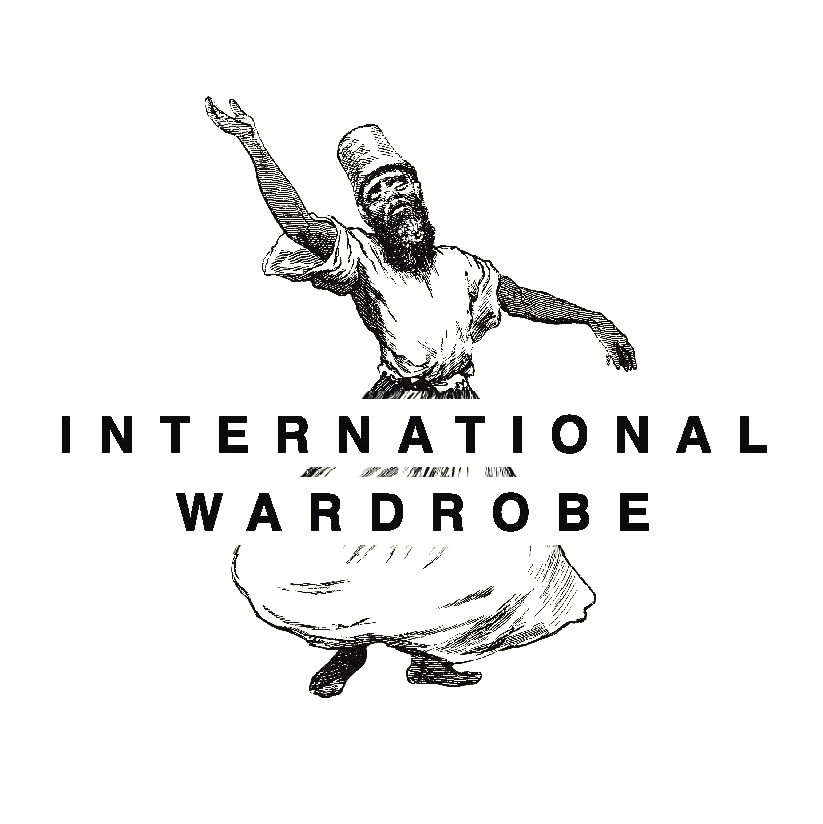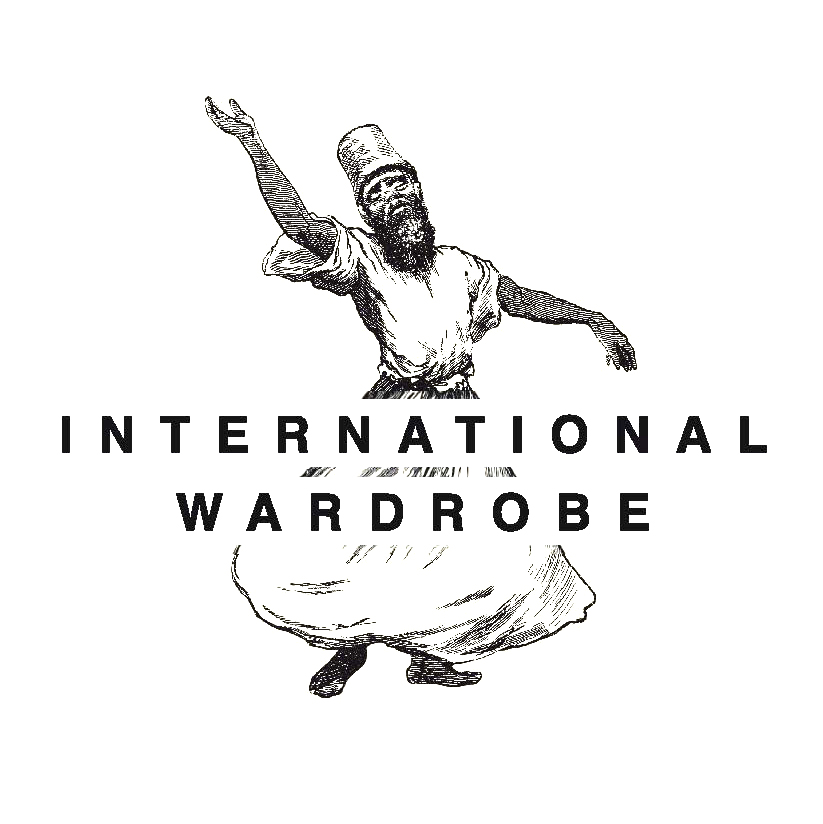The Lao Tai are a part of the Dai ethnic community, and have inhabited various kingdoms in China and certain regions in Vietnam since the 6th century B.C. In China, the Dai were known as »Tai-Kadai-Kam-Sui«, and today, with the other Tai people, are collectively referred to as »Dai«. To date, the largest community of Dai within China is located in Xishuangbanna Prefecture, in south Yunnan. Many Dai migrated south, starting in the 8th century A.D., as the Han Chinese continued to encroach upon the Dai’s living space, forcing them to migrate to North Burma and Thailand, and Laos and Vietnam. Known as »Dai« in China, in Burma they are called »Shan«, in Thailand »Tai« and Laos »Lao Tai«. The 13 different groups of Dai living in Vietnam are referred to as »Thai«. All these groups are able to communicate with each other as they all speak languages belonging to the Tai-Kadai language family.
Today 55 % of the Laotian population is Tai, that is to say »Lao-Tai«. Subgroups of the Laotian Tai are: the Tai Daeng, the »red« Tai, and the Tai Dam, the »black« Tai, their names indicating the colour of their clothing. As these are not names they have given themselves, these definitions are somewhat dubious from an ethnological point of view. The Tai Daeng and Tai Dam live primarily in the Laotian Province of Houaphanh, near the Vietnamese border, and on the »other« side, across the border in Vietnam, in Mai Chau in Hoa Binh Province.
Weaving has always been an important means of expression for the Tai. Their manual crafts are correspondingly artful, intricate and ornate, and the meaning of the textiles is deeply entwined with their cultural life. For the Tai, their textiles always have a spiritual significance as well, as they are closely connected to their animistic beliefs. Shamans also often work with woven textiles, which are believed to have healing properties, and therefore assist the shaman with his work, so to speak. They protect, transport, elaborate and transform – and create harmony. For the Lao Tai, woven textiles are able to deflect the evil eye. Their healing and – in particular – protective powers are especially important for babies, small children, travellers, the sick and infirm. And of course for all kinds of festivities, and for funerals, and just as much for weddings and births. However, as more and more Lao Tai are choosing Buddhism as their religion, the role of shamanism continues to wane. Today, many Tais would consult a shaman not as a first, but as a last resort. Obviously, this has also influenced the significance and appreciation for their textiles. Nevertheless, the importance of woven fabrics at funerals is unbroken, and there seems to be no rush to substitute them with machine-woven industrial copies.
The patterns and how they are arranged are crucial to the spiritual power textiles hold. Primarily they are representations of animals and plants, or abstract symbols, which are mythically charged for the Lao Tai. Many Lao Tai weavers consider expansive patterns to be more effective at warding off the evil eye than detailed, delicate motifs. The patterns and designs do not adhere 100% to a fixed system: even though the weavers follow a canon, they also add their own individual interpretations as, lest we forget, every weaver is also an independent craftsman. Contrary to wage weavers, independent craftsmen are able to influence the design from the beginning, as it is they who set up their looms. In weaving mills the looms are often prepared by a different set of workers.
Naga, the snake, has a central role, can be found meandering across almost all Tai fabrics. The Tai believe they are intimately connected to Naga. Primarily, the snake is well-disposed towards human beings, protects them from illness, evil spirits and hunger. However, if Naga becomes enraged, she turns against humanity, brings floods, famine, illnesses and death upon mankind.
In an interview, one of the Lao Tai weavers from Houaphanh explained: »If the snake notices that we aren’t wearing any textiles with her image, then she might think we don’t respect her and then, maybe, she’ll kill us.« (see also: Ellison Banks Findly. Spirits in the Loom. Religion and Design in Lao-Tai Textilies. White Lotus Press. Bangkok 2014, p. 122).
For animists, Naga also embodies the spirit of their ancestors, the Buddhists believe that Naga rescued Buddha from the flood. In any case, the symbol of the snake is also a central motif in Buddhism and in Hinduism. Some scholars see this similarity as an indication that the Tai came into contact with Indian mythology early on, with the beginning of the Silk Road during the era of the Khmer Kingdom (802-1431)
Pictures, left side, from top to bottom
1. Sam Neua market, Huan Phan Province, Northern Laos
2. – 4. Weaving village near Sam Neua
5. Modern Lao Tai textiles in Vietnam
6. The variety of patterns of the Lao Tao Textiles.

